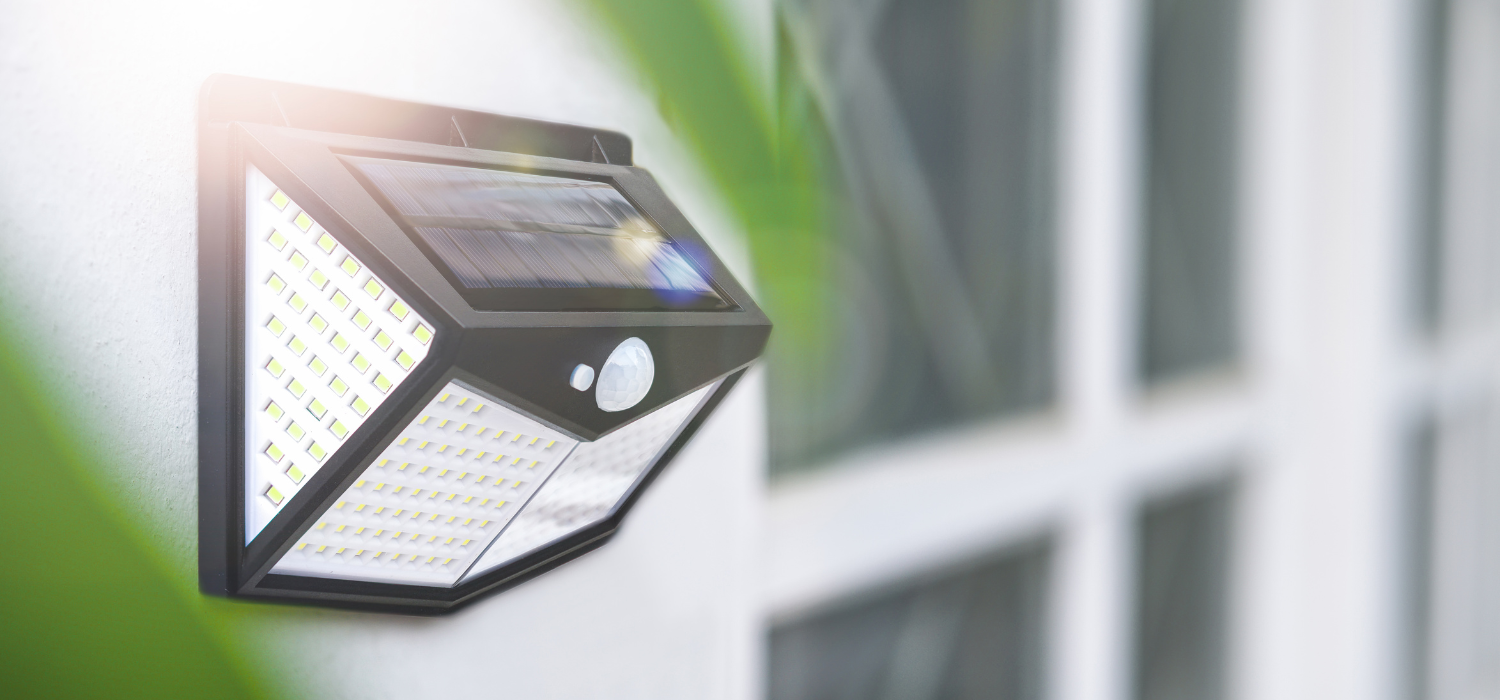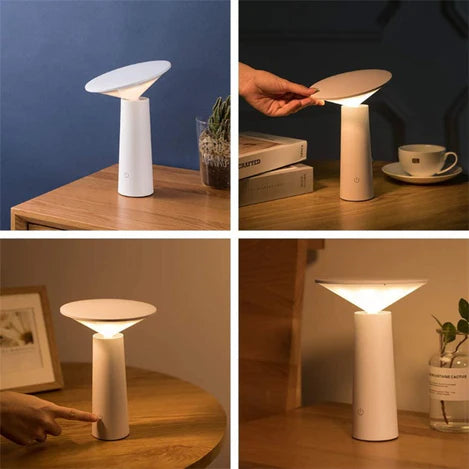Pickup your order for free
Pickup your order for free

Motion sensor lighting can be a valuable addition to various areas within a home as well as in outside areas. Motion sensor lighting offers both practical benefits and some potential pitfalls. Here's a breakdown of where motion sensor lighting can be utilized effectively, along with its benefits and considerations:
Areas Suitable for Motion Sensor Lighting:
1. Entryways and Exits:
Installing motion sensor lights near front and back doors enhances safety and security by illuminating these areas when someone approaches, deterring potential intruders and providing a well-lit pathway for residents.
2. Hallways and Staircases:
Motion sensor lights in hallways and on staircases ensure safe navigation, especially during nighttime, reducing the risk of trips and falls.
3. Outdoor Spaces:
Motion sensor lights in outdoor spaces such as driveways, pathways, and gardens enhance security by alerting homeowners to any movement around their property, discouraging trespassers and providing visibility during night time.
Creative Living offer a wide variety of outdoor lighting options suited to your taste and budget.
4. Bathrooms:
Motion sensor lights in bathrooms are particularly useful for nighttime trips to the washroom, eliminating the need to fumble for light switches and reducing the risk of accidents in the dark.
5. Children's Bedrooms:
Installing motion sensor lights in children's bedrooms allows them to navigate the space safely at night without the need to turn on bright overhead lights, promoting better sleep hygiene.
Night lights are a must especially with younger kids.

Benefits of Motion Sensor Lighting:
Enhanced Safety and Security:
Motion sensor lights deter potential intruders and alert homeowners to any suspicious activity around their property, promoting a safer environment.
Energy Efficiency:
Motion sensor lights only activate when motion is detected, reducing energy consumption compared to traditional always-on lighting systems, leading to potential cost savings.
Convenience:
Motion sensor lights eliminate the need to manually turn lights on and off, providing convenience and ease of use, especially in areas like bathrooms and hallways.
Improved Visibility:
By automatically illuminating spaces when motion is detected, motion sensor lights enhance visibility, reducing the risk of accidents and promoting a safer living environment.
Considerations and Potential Pitfalls:
False Activations:
Motion sensor lights may be triggered by pets, wildlife, or even moving tree branches, leading to frequent activations and potential nuisance. Adjusting sensitivity settings or installing pet-immune sensors can help mitigate this issue.
Limited Coverage:
Depending on the sensor's range and placement, there may be areas within a room or outdoor space that remain unlit until someone enters the sensor's detection zone.
Dependency on Power Source:
Motion sensor lights require a power source, whether it's hardwired into the home's electrical system or powered by batteries. Ensuring a reliable power source is essential for consistent operation.
Initial Installation Cost:
While motion sensor lights can lead to long-term energy savings, the initial cost of purchasing and installing these fixtures may be higher compared to traditional lighting options.
Motion sensor lighting can significantly enhance safety, security, and convenience within a home, especially in areas like entryways, hallways, bathrooms, and outdoor spaces. However, homeowners should carefully consider factors such as false activations, coverage limitations, power sources, and initial installation costs to maximize the benefits of this technology while minimizing potential pitfalls.